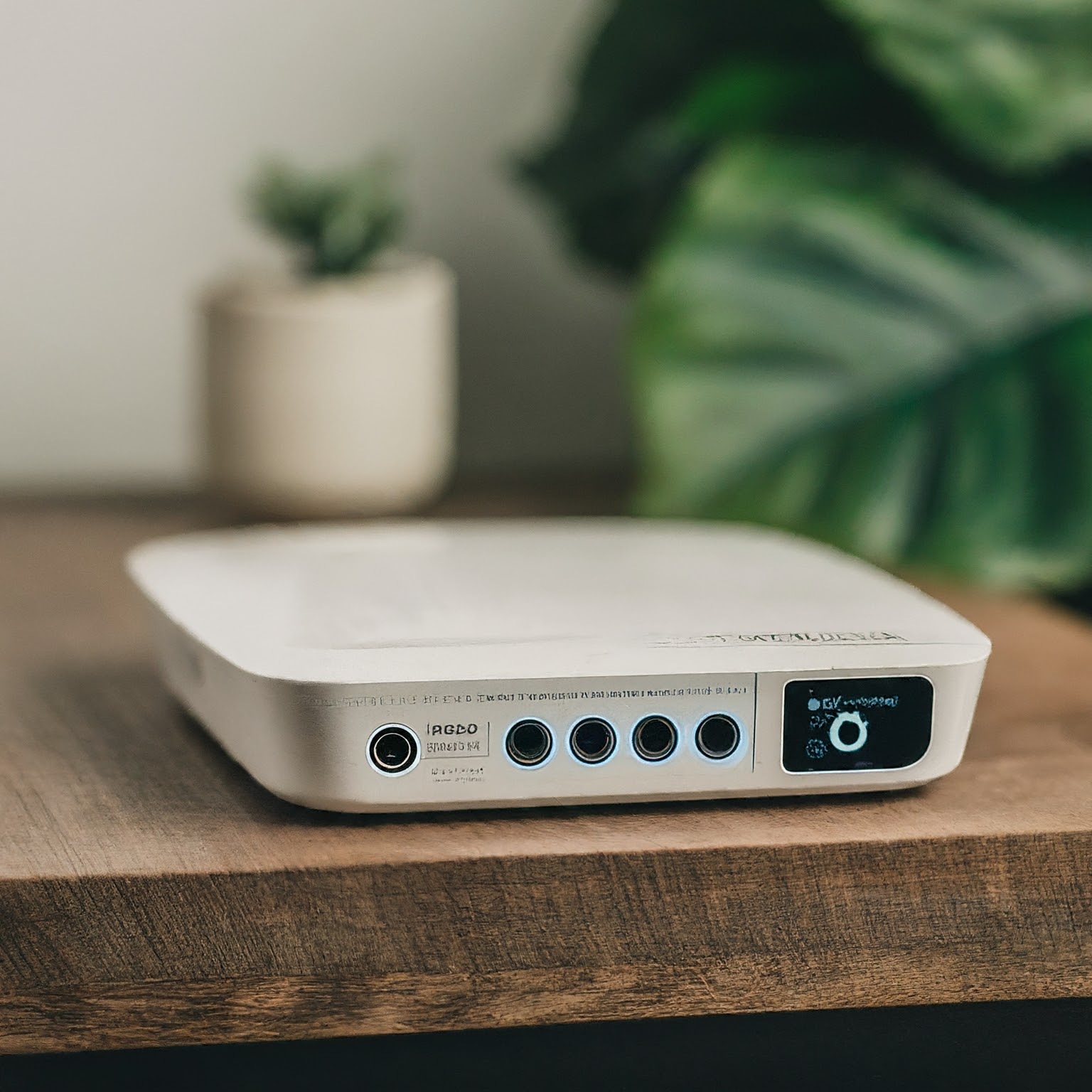The BGW210, manufactured by ARRIS, is a powerful Wi-Fi gateway offered by AT&T to its internet customers. This multi-functional device acts as a modem, router, and voice gateway, providing a one-stop shop for your home’s internet connectivity and phone service. Whether you’re a tech-savvy user or just getting started, understanding the BGW210’s capabilities will help you optimize your home network and get the most out of your AT&T subscription.

Unveiling the BGW210’s Features
The BGW210 boasts a range of features that cater to the modern household’s internet needs. Let’s delve into some of its key functionalities:
- Bonded VDSL2 Technology: This technology utilizes two separate phone lines to deliver faster internet speeds compared to traditional DSL.
- Dual-Band Wi-Fi: The BGW210 supports both 2.4 GHz and 5 GHz Wi-Fi frequencies. The 2.4 GHz band offers wider coverage, ideal for basic internet tasks and connecting older devices. The 5 GHz band provides faster speeds but with a shorter range, perfect for high-bandwidth activities like streaming and gaming.
- Four Gigabit Ethernet Ports: These wired connections allow you to connect devices directly to the BGW210 for a stable and high-speed internet experience, bypassing the limitations of Wi-Fi.
- Voice Over IP (VoIP): The BGW210 eliminates the need for a separate phone line by integrating voice calls over your internet connection.
Setting Up Your BGW210
AT&T offers multiple options for setting up your BGW210. You can opt for self-installation with the help of AT&T’s online resources or schedule a professional technician visit.
Self-Installation:
- Gather your equipment: Ensure you have the BGW210, power cords, and any additional cables required for your specific setup (coaxial cable for internet and phone cable for voice service).
- Connect the BGW210: Follow AT&T’s detailed instructions to connect the power cord, coaxial cable, phone cable (if applicable), and Ethernet cables to your devices.
- Activate your service: Once connected, visit AT&T’s online activation portal or use the Smart Home Manager app to activate your internet and phone services.
- Configure your Wi-Fi: Access the BGW210’s web interface or use the Smart Home Manager app to personalize your Wi-Fi network name (SSID) and password.
Professional Installation:
If you prefer professional assistance, schedule an appointment with AT&T. A technician will visit your home, install and configure the BGW210, and ensure everything is functioning properly.
Optimizing Your BGW210 Performance
Here are some tips to maximize the performance of your BGW210:
- Optimal Placement: Position the BGW210 in a central location within your home to ensure even Wi-Fi signal distribution. Avoid placing it near walls, metal objects, or other electronic devices that might interfere with the signal.
- Reduce Wi-Fi Congestion: Identify and disconnect unused devices from your Wi-Fi network to free up bandwidth for active devices. Consider using a guest network for visitors to prevent them from accessing your main network resources.
- Change the Default Password: For security reasons, it’s crucial to change the default Wi-Fi password provided by AT&T. Choose a strong password that combines uppercase and lowercase letters, numbers, and symbols.
- Firmware Updates: Keep the BGW210’s firmware updated with the latest available versions. Firmware updates often include bug fixes, performance enhancements, and improved security features. You can usually check for updates through the BGW210’s web interface.
Troubleshooting Common BGW210 Issues
If you encounter any problems with your BGW210, here are some common issues and their solutions:
- Slow Wi-Fi Speeds: Check for Wi-Fi congestion, position the BGW210 optimally, and consider upgrading your internet plan if necessary.
- Weak Wi-Fi Signal: Relocate the BGW210 or invest in Wi-Fi extenders to boost the signal strength in specific areas of your home.
- Internet Connectivity Issues: Verify that all connections are secure, restart the BGW210, and contact AT&T support if the problem persists.
- VoIP Phone Issues: Ensure the phone cables are properly connected, check for outages in your area, and troubleshoot
لا تعليق